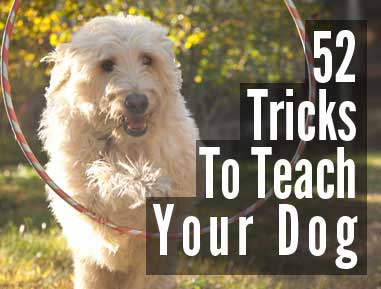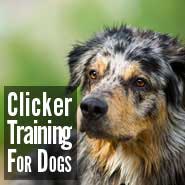
While not so heavy as the St. Bernard, the Irish wolfhound is considerably taller, and easily outclasses all the other big dogs for size and bulk, reaching the extreme height at the shoulder of 36 inches. A big Dane with his feet on a man's shoulder looks about level into his master's eyes; a wolfhound towers head and shoulders over even a tall man in the same position.
The picture gives a concrete idea of how this dog should look. His immense size and shaggy, grizzled coat add greatly to his impressiveness. And, combined with these, this fine dog possesses that rare union of great courage and bravery with a gentle and affectionate disposition. He was used as a guardian against wolves by the Irish shepherds of old. One can hardly imagine a more effective animal for this purpose.
There are some who think the Irish wolfhound an even better dog than the Scottish deerhound. If he is, it must be because there is more of him; for, barring the fact that he is of rather more massive build, he is practically a gigantic deerhound.
Though of very ancient lineage and one of the great dramatic figures of canine history, he would probably have been lost to us if it had not been for the untiring efforts of Captain G.A Graham, of Dursley, England. With the disappearance of the last wolf in Ireland, this great hound's chief occupation was gone, and the breed as such was neglected until about sixty years ago, when there were but a few degenerate specimens bearing the distinguished name of Irish wolfhound.
But Captain Graham did not hold the rather general belief that this breed had become extinct. He was of the opinion that after the extermination of the Irish wolves the large dog used to hunt them became reduced in size and strength to conform to the lighter work required of it – that of hunting deer – and that it was now represented by the deerhound. So he bought a few specimens, still bearing the original name, and by carefully cross-breeding with the deerhound and great Dane, and later with the Russian wolfhound and some other large breeds, has produced a giant hound closely corresponding to the best descriptions and the best drawings of the favorite dog of the Irish kings.
Like the deerhound, this great wolf dog has a friendly, intelligent face, which, with his physical ability to accomplish about anything which he undertakes to do, wins respect and confidence at the first glance.
The Irish wolfhound figures in many legends, the best known perhaps being that of Gelert, who has given his name to the Welsh village Beth Gelert (the grave of Gelert). The hound was presented to Llewelyn the Great, King of Wales, by King John of England in 1205.
The story goes that one day, the dog having left him in the field, Llewelyn returned from the chase in an angry mood. When he reached his castle, Gelert, covered with blood, rushed out from the chamber of his little son to greet him. The king entered and found the bed overturned and stained with gore. He called to the boy, but there was no answer, and rashly concluding that the dog had killed him he plunged his sword into Gelert's body.
A further search revealed the child sleeping unharmed beneath the overturned bed and beside it the dead body of a huge wolf, which had been killed by the gallant hound. It is said that remorse led Llewelyn to build a chapel in memory of Gelert and to erect a tombstone over his grave. At any rate the chapel and the tombstone are there to this day.
All colors are permissible except part colored; all pure-bred dogs of this breed, however, come naturally "whole" or "self" colored, and blotches of irregular white showing foreign blood are almost invariably accompanied by other conspicuous defects.
In build, the Irish wolfhound should be slenderer than the Dane and more sturdy than the greyhound. He should be strong and straight of limb, fairly heavy in bone, but not "leggy;" the hair should be straight, rough to the touch, and in no sense wooly or silky. The best dogs have conspicuous eyebrows and beard. There should be no dewlap nor throatiness, as this is an active working breed, which should be always in good fighting trim.




